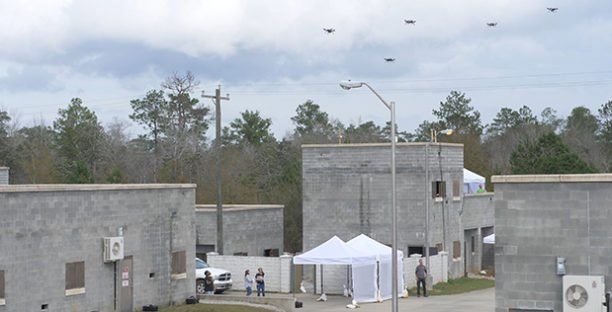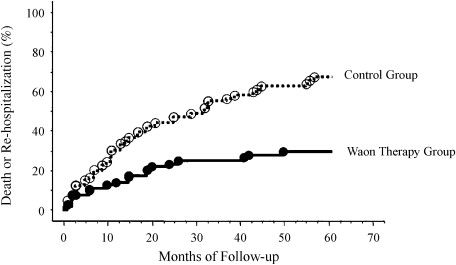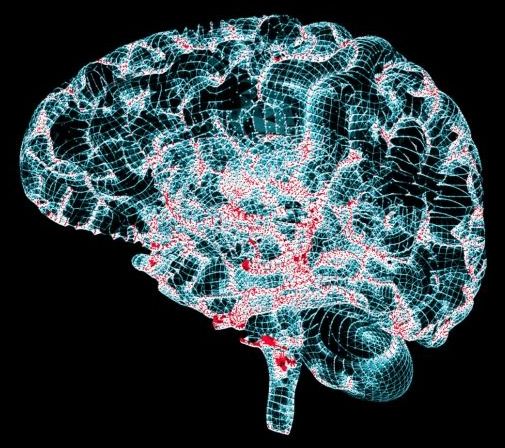Vlog “Posthumans” — Episode 22
Dr. Francesca Ferrando (NYU) interviews Dr. Aubrey de Grey, (SENS Research Foundation). Recorded at Princeton University (US), November 2019. Video-grapher and video-producer: Julian Boilen.
More info: http://www.theposthuman.org/vlog-posthumans.html
Welcome to the Posthuman Channel!
Please, follow these guidelines in order to join the conversation:
- Stay on-topic.
- Don’t spam.
- Be polite.
If you cannot follow these 3 simple guidelines, we kindly invite you to join the conversation somewhere else. Thanks.
Peace & Visions







